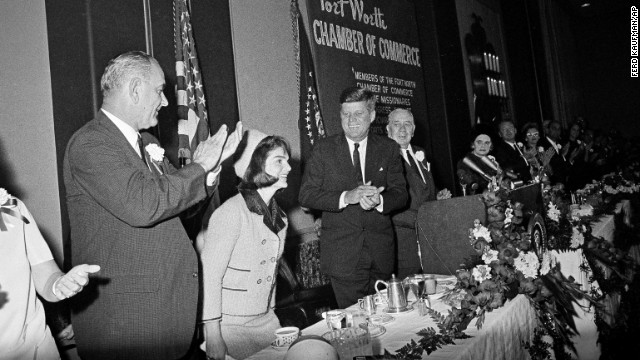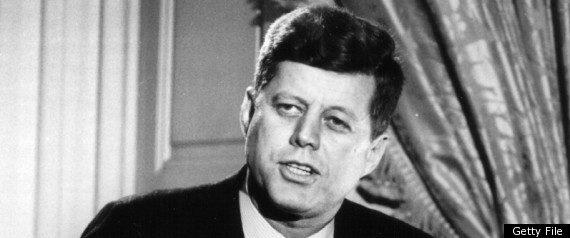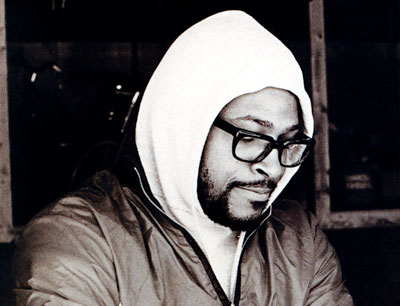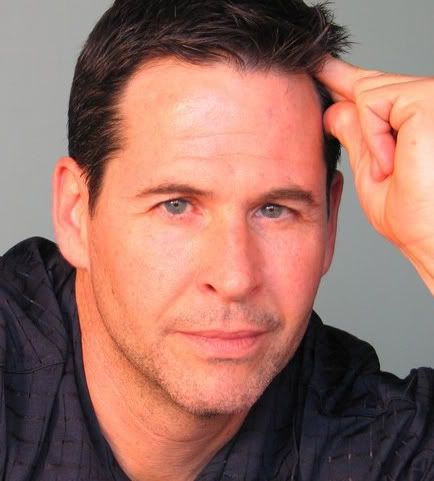Brittany Murphy Death Photos Autopsy
Source:- Google.com.pkThe drugs involved in actress Brittany Murphy's death last December were apparently used to treat a cold or respiratory infection, the Los Angeles County coroner's autopsy concluded.An earlier statement from the coroner said Murphy's death was an accident caused by a combination of pneumonia, an iron deficiency and "multiple drug intoxication."
The full autopsy report made public Thursday details what drugs were found in the 32-year-old actress's body after she died in her Hollywood Hills home December 20."Multiple medications were present in the blood, with elevated levels of hydrocodone, acetaminophen, and chlorpheniramine. L-methamphetamine was also present," the report said.The coroner said "the pattern of use of these medications suggest treatment of symptoms of a cold or other respiratory infection."
"Acetaminophen and hydrocodone are components of Vicodin. Chlorpheniramine is the active ingredient in some over-the-counter medications. L-methamphetamine is a component of some inhalers."All of the drugs are legal, the report said.The death was ruled an accident because "possible adverse physiological effects of elevated levels of these medications cannot be discounted, especially in her weakened state," the report said.
The autopsy showed Murphy was suffering from "acute pneumonia consistent with a community-acquired infection."The "chronic iron deficiency" she had -- likely caused by heavy menstrual periods -- "leads to a weakened state of health and would increase her vulnerability to infection," the report said.
Her husband, British screenwriter Simon Monjack, has told People magazine the actress had "laryngitis and flu-like symptoms" at the time of her death.Monjack said Murphy used Vicoprofen to relieve pain from severe menstrual cramps. Vicoprofen includes hydrocodone and ibuprofen."She was on an antibiotic and was taking cough medicine," he said.
Murphy was pronounced dead at Cedars-Sinai Medical Center in Los Angeles after she was rushed there in the early morning hours of Sunday, December 20.The often bubbly, free-spirited actress appeared in films such as "Clueless," "8 Mile," "Don't Say a Word" and "Girl, Interrupted." She also lent her voice to animated works, including the movie "Happy Feet" -- in which she also sang -and a regular role on the animated TV series "King of the Hill."Murphy was best-known for her work in a string of comedies earlier this decade, including playing lead roles in "Uptown Girls" alongside fellow Georgia native Dakota Fanning, and "Little Black Book" with Holly Hunter and Kathy Bates.
It's been three years since Brittany Murphy died, on Dec. 20, 2009, from a fatal combination of prescription drugs, pneumonia and iron deficiency.The actress, who died at 32, had come a long way since her days as a gum-snapping high school student in 1995's "Clueless," in which she starred alongside Alicia Silverstone and Paul Rudd. No one had any clue idea just how big they were going to get.
"When we were making the movie, you don’t think the movie’s going to be good. You think, I’m making the next 'License to Drive'. You think this movie’s going to be just for teenagers and that’s it," actor Donald Faison told Entertainment Weekly at a 17-year "Clueless" reunion in October.
But for Murphy fans, there's still more work out there to be seen from the actress. The Los Angeles Times reported recently that Murphy's last film, a horror indie called "Something Wicked" by director Darin Scott, has finally been completed - meaning that a posthumous release could be in a theater near you soon.
Angelo Bertolotti, who says he is the late actress Brittany Murphy’s biological father, has filed suit against the Los Angeles Coroner’s Office and the Los Angeles Police Department. He wants to force them to do additional toxicology testing on a sample of the star’s hair and to re-open the investigation into her death.
“Due to the lack of investigative efforts by the Los Angeles Police Department,” says the lawsuit filed Wednesday in L.A. Superior Court, “and the failure to conduct toxicology tests on the specimens" of her hair, Bertolotti believes that "his daughter’s death was incorrectly determined to have been allegedly caused by pneumonia and anemia.”
















































